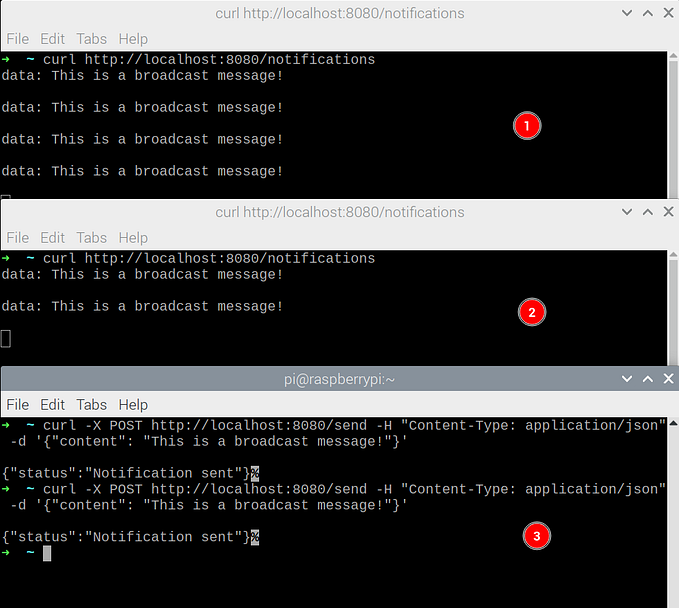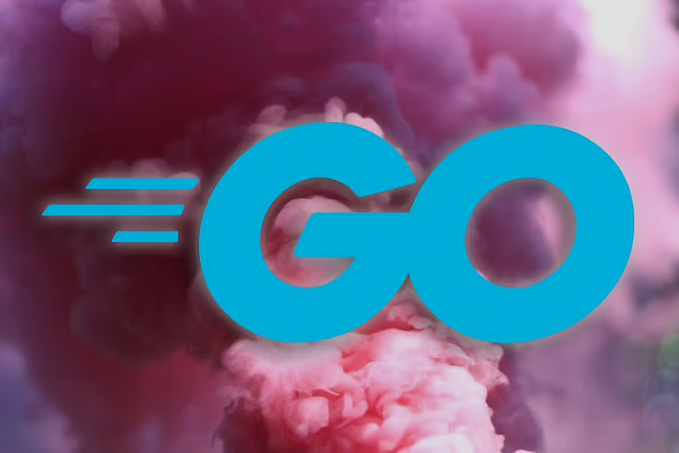Member-only story
Mastering Go Concurrency: Goroutines, Channels, and Wait Groups Made Easy
Concurrency in Go is one of its strongest features, allowing programs to run multiple tasks at the same time efficiently. Let’s dive into three essential components that make concurrency in Go easy to use: goroutines, channels, and wait groups. I’ll explain each concept with analogies and examples to make it as simple as possible.
1. Goroutines: Letting Tasks Run in the Background
Think of goroutines as lightweight tasks that you can tell Go to run “in the background.” They’re like giving different people a task without having to watch over them until they’re finished. Imagine you have multiple things to do to prepare a meal: making a sandwich, pouring drinks, and setting the table. With goroutines, you can start all of these tasks simultaneously without waiting for each to finish.
In Go, starting a function as a goroutine is as simple as adding go before the function call. Here’s how it works:
package main
import (
"fmt"
"time"
)
func makeSandwich() {
fmt.Println("Making the sandwich...")
time.Sleep(2 * time.Second) // Simulate time taken to make the sandwich
fmt.Println("Sandwich is ready!")
}
func pourDrinks() {
fmt.Println("Pouring drinks...")
time.Sleep(1 * time.Second) // Simulate time taken to pour drinks
fmt.Println("Drinks are ready!")
}
func main() {
go makeSandwich()
go pourDrinks()
fmt.Println("Tasks are running in the…






